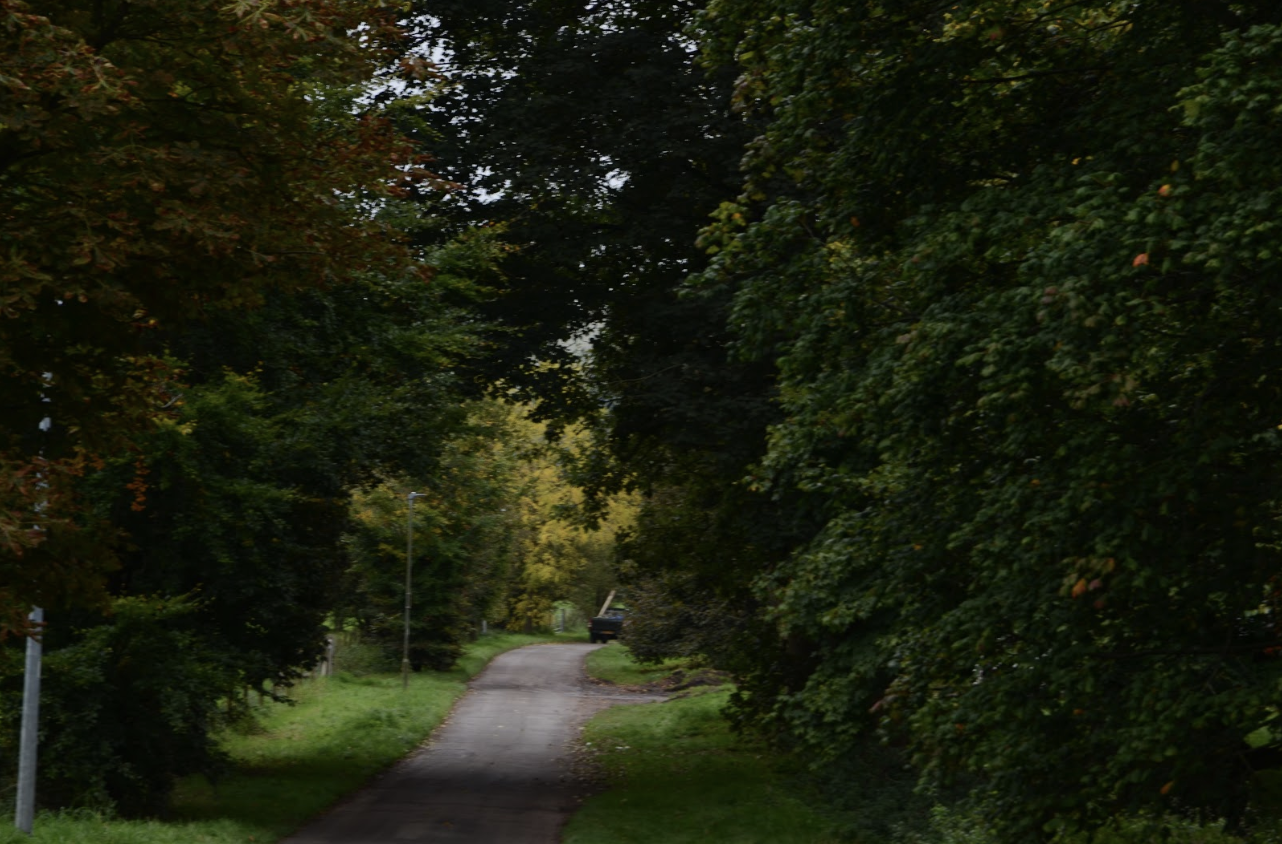Last week Brighton found itself rampaged by ghosts, zombies and ghouls in the middle of its chilling annual Halloween festival. Strangely, many thousands of people celebrate this day of the dead; in Brighton alone many came together for the famous ‘Zombie Walk’ in town and students rose to the occasion at numerous club night events in a colourful and hair-raising display of getups. This commercialised annual festival, much like Christmas and Easter, takes over shops and supermarkets for weeks in advance of the actual event and bombards the public with over the top decorations, costumes and themed refreshments. Is it any wonder then that around this time of year people generally feel fearful more than usual? Constant exposure to things of an unnatural and uncanny disposition, like a parade of the walking dead or a large collection of plastic skulls and spiders in a shop window, only heightens the feeling of fear but more likely than not in a slightly amusing way. Halloween is about experiencing fright and fear as a form of entertainment, but often feeling scared is not the most pleasant phenomenon.
In an attempt to find out more about fear and phobias, Sussex UniTV’s ‘Science Uncovered’ team interviewed Sussex students last week about their own fears and phobias. As they asked students around the time of the Halloween festivities they found that many of us are naturally more inclined to be scared during Halloween because we are more aware of the traits of the season being advertised everywhere we look. However, ‘Science Uncovered’ also looked into the psychological aspects of fear and why we even feel it at all. They explained that much like for animals, fear in humans is just a basic survival mechanism that the brain uses in an attempt to warn against dangerous or threatening situations. A good example of this is the fact that many people share a common fear of things such as heights, snakes or sharks, and this is because we recognise the danger that they impose to our survival. Jumping off a cliff or being bitten by a shark could result in injury or even death and so the brain makes us fearful and keen to avoid these endangerments. Last week the Sussex Psychology department also looked closely at the reasons why fears develop in people in a lecture named ‘Why Did Miss Muffet Run Away? How Phobias Develop’. The appropriate title of the lecture refers to the childhood song about little ‘Miss Muffet’ a girl who flees in fear at the sight of a spider and goes on to investigate the idea that many typical fears include Arachnophobia (fear of spiders) and Achluophobia (fear of darkness) often develop in childhood, continuing on into adulthood because of the negative attitude we have towards them.
But fear doesn’t always translate to being in the dark or sighting scary insects, it also involves very every day and very universal issues; issues such as violence, loss, trauma and regret. We fear that we will make mistakes and miss out, lose a loved one suddenly without doing the things you wished you could have done with them or failing to do what is expected of us. These are things that we experience both on an individual and community level. Artist Candy Chang chose to open her own community to ideas of fear with rousing and graphic artwork. Inspired by the loss of a close friend, Chang turned the outside walls of an derelict building in her neighbourhood into a giant chalk board on which she stencilled repeatedly ‘Before I die I want to….’. Leaving chalk available around the board she encouraged her friends and neighbours to write down their hopes and dreams for all to see, hopes and dreams they wanted to accomplish but in reality feared to try. Soon the board was full of touching wishes, some simple, and some extreme, that brought a community together in the face of their fears. So what is the message Chang is trying to create here? Is fear good or bad? Is it better to embrace what you are scared of or try to ignore it? Can you imagine a life without fear?
No doubt there are those that attempt to; adrenaline junkies and risk takers who push the boundaries of conventional anxiety, those that live a life free of the restriction of fear. This decade, like never before, has put a huge emphasis on such a lifestyle. Television adverts like the Peugeot 208 ‘Let Your Body Drive’ campaign and popular websites offering books with such titles as ‘What would you do if you had no fear: Living your dreams while Quakin’ in your boots’ only serve to encourage people to ignore their preconceived fears and throw themselves into new opportunities. Ironically enough this mass hysteria seems to have encouraged an irrational phobia of not embracing fear fully, about failing to experience extremities before it’s too late and not putting yourself into situations that seem abnormal or dangerous; to make sure to live your life to the full alongside fear. While this seems on the one hand to be a good attitude to achieving a full and accomplished life, we cannot ignore the benefits of fear. Fear can be motivational, it can stop us from making bad choices and it can allow us to be human in our regrets. A life without fear is not realistic or even moral. Public speaker Kathryn Schulz summarises this idea in her TED speech ‘Don’t regret regret’ stating that “if you want to be fully functional and fully human and fully humane, I think you need to learn to live not without regret but with it”. People make mistakes but it’s what we do next that matters…
Words by Emily Barker





